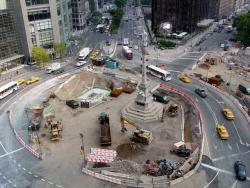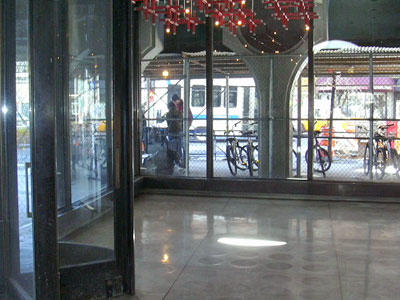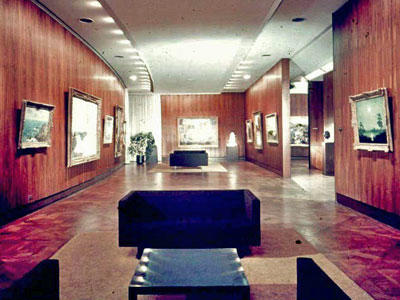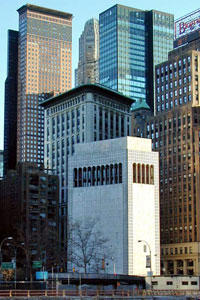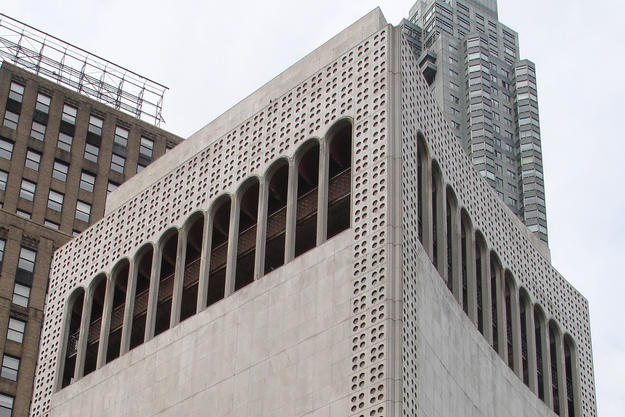2 Columbus Circle
About 2 Columbus Circle
The former Huntington Hartford Gallery of Modern Art, known for decades as 2 Columbus Circle, was designed by Edward Durell Stone, one of America’s most prolific architects, and built in 1964. A proponent of Modern architecture from the early days of his career, Stone developed a new approach that retained the function-driven space of Modernism but abandoned its austere, industrial-based aesthetic in favor of rich materials and classical ornamentation. Built as the only structure to follow the curve of Columbus Circle, the building’s white marble façade and modest scale was an exceptional transition to the open space of Central Park. Gleaming between its larger, darker high-rise neighbors, 2 Columbus Circle punctuated the vista from the north and exhibited the qualities of good urbanism. Commissioned to house the personal art collection of philanthropist Huntington Hartford, the building was controversial throughout its history and closed in just five years. The City of New York, owner of the building since 1980, utilized the building for many functions including housing the Department of Cultural Affairs. Eventually, it was sold to the Museum of Art and Design, which remodeled the exterior façade resulting in the removal of the distinctive marble cladding and ornamentation.
2006 World Monuments Watch
Listed on the 2006 Watch, World Monuments Fund along with local, state, national and international preservation organizations advocated for a public hearing on the significance of 2 Columbus Circle. Despite one of the largest public outcries to save a historic structure since the 1978 petition to save Grand Central Terminal and the resulting Supreme Court hearing on historic preservation, a hearing for 2 Columbus Circle was never held.
2 Columbus Circle was an important piece of expressive Modern architecture by a master American architect at the height of his career. The building was a pivotal work for both the architect and Modernism as the building sought to take a broader approach, suggesting the incorporation of humanistic detail into modern art and architecture. Many argue that 2 Columbus Circle was an early example of the shift from Modern to Postmodern architecture, recapturing historical precedent and detail while remaining true to the functionalism and goals of the Modern movement. The lack of consensus on landmarking 2 Columbus Circle and the subsequent loss of its historical significance are emblematic of the threats facing significant Modern buildings of the mid-20th century.


